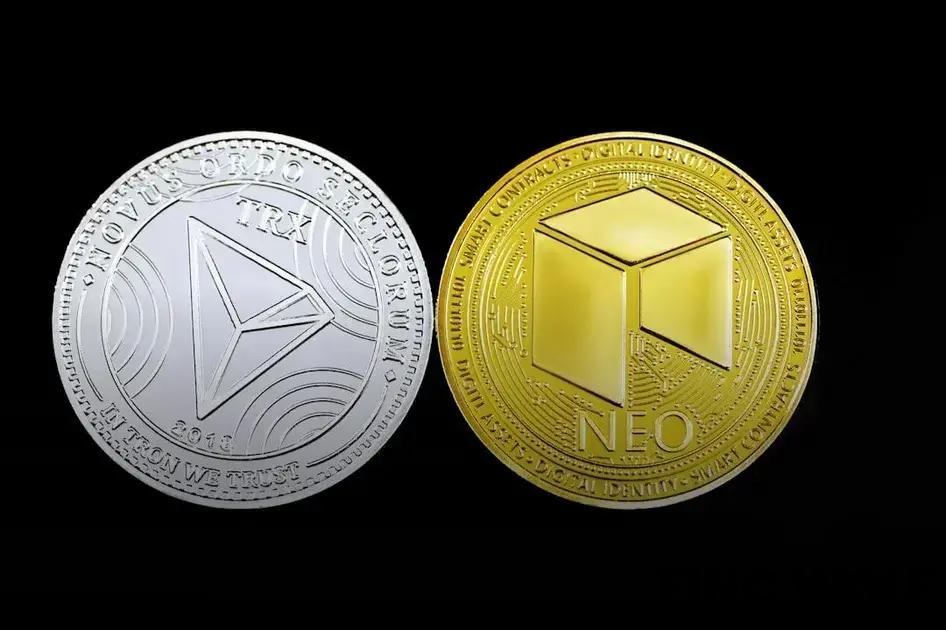Ethereum 2.0 is here, and investors are paying close attention. With its promise of improved scalability and security, Ethereum’s upgrade could significantly impact the cryptocurrency market and investor portfolios. Understanding what Ethereum 2.0 brings is essential for capitalizing on potential opportunities. In this blog post, we explore what Ethereum 2.0 means for investors, covering key areas like market impact, risks, and strategies to prepare your portfolio.
Understanding Ethereum 2.0: The Basics
Ethereum 2.0, also known as Eth2 or Serenity, is a major upgrade to the Ethereum blockchain. It aims to solve issues of scalability, sustainability, and security on the network.
Scalability is addressed by moving from a Proof of Work (PoW) consensus mechanism to Proof of Stake (PoS). This shift allows for processing more transactions per second and reduces congestion on the network. Stakeholders will validate transactions, making the process more efficient.
Ethereum 2.0 introduces shard chains to enhance scalability. Instead of having one main chain do all the work, the network is split into multiple chains, or shards. This allows parallel transaction processing, significantly increasing throughput.
Security is improved as the PoS system discourages attacks. Validators are required to stake their own Ether, which can be lost if they attempt to harm the network. This financial incentive maintains network integrity and discourages fraudulent activities.
Regarding sustainability, Eth2 aims to minimize the environmental impact. Proof of Stake requires significantly less energy compared to Proof of Work, aligning with global moves towards more sustainable technology solutions.
Why It Matters for Investors
Understanding Ethereum 2.0’s fundamentals is crucial for investors. The transition promises to enhance network efficiency and could lead to increased adoption. This widespread use may boost demand, potentially affecting Ethereum’s market value positively.
Investors should consider how the enhanced features could impact decentralized finance (DeFi) and smart contract implementations. Enhanced network capabilities might lead to innovative applications attracting more users.
Overall, Ethereum 2.0 marks a significant evolution in blockchain technology, setting new standards for scalability, security, and sustainability which may influence both short-term trading and long-term investments.
Impact on Ethereum Market Value

Ethereum 2.0 brings significant changes to the Ethereum market value by promising to enhance overall efficiency. The transition from a proof-of-work to a proof-of-stake system aims to lower energy consumption, which could increase investor interest. This shift could make Ethereum more sustainable and attractive compared to other cryptocurrencies.
Moreover, Ethereum 2.0’s ability to improve scalability by introducing shard chains is crucial. By enabling the network to process more transactions per second, it suits a growing number of users and applications, potentially increasing demand and thus its value.
Another critical factor is the impact on transaction fees. Ethereum 2.0 intends to reduce fees, making it a more economical option for developers and users, boosting adoption rates.
Furthermore, these improvements may drive market confidence, potentially attracting both institutional and retail investors. The increased efficiency and capability could lead to a long-term appreciation in Ethereum’s market value as it continues to support decentralized applications and smart contracts.
Risks and Opportunities for Investors
Ethereum 2.0, also known as Eth2 or Serenity, represents a significant upgrade to the existing Ethereum blockchain. This new version aims to enhance scalability, security, and sustainability through a series of interlinked updates. Understanding the risks and opportunities associated with Ethereum 2.0 is crucial for investors who are actively engaging with cryptocurrencies.
Opportunities abound with Ethereum 2.0 due to its innovative proof-of-stake (PoS) consensus mechanism which replaces the current proof-of-work (PoW) system. This transition not only increases transaction efficiency but also reduces power consumption, making Ethereum more environmentally friendly. Such improvements could increase Ethereum’s attractiveness, leading to greater demand and potentially boosting its market value.
Moreover, Ethereum 2.0’s shard chains promise to expand Ethereum’s network capacity, facilitating more transactions per second and further driving adoption. This scalability can open doors for a multitude of decentralized applications (DApps) and smart contract developments.
However, investors must also consider potential risks. The transition to Ethereum 2.0 is complex, involving multiple phases over several years. Any technical issues or delays could impede progress, affecting market confidence. Furthermore, the shift in liquidity dynamics due to staking might affect ETH price volatility, requiring careful monitoring.
Regulatory changes pose another risk. As Ethereum gains prominence, governments may enact laws that impact its use and trading. Investors should stay informed on these developments to anticipate potential legal challenges. Understanding these factors will enable investors to navigate the evolving landscape of Ethereum 2.0 and make informed decisions aligned with their risk tolerance and investment goals.
Preparing Your Portfolio for Ethereum 2.0

Preparing for Ethereum 2.0’s Arrival
To optimize your portfolio ahead of Ethereum 2.0, start by diversifying your asset holdings. Consider allocating funds not only in ether (ETH) but also in related technologies and tokens that might benefit from Ethereum’s upgrade.
Stake ETH with Purpose
Earning rewards through staking is a key component of Ethereum 2.0. Assess reliable staking platforms or services, ensuring they offer competitive returns and robust security features. Diversify your staking across multiple platforms to mitigate potential risks.
Keep a Close Eye on Market Changes
Ethereum 2.0’s implementation could trigger significant shifts in market trends. Stay informed on ETH pricing, which might fluctuate as the upgrade progresses. Regularly revise your investment strategies to align with these changes.
Research and Adapt
The transition to Ethereum 2.0 is complex. Invest time in understanding how these changes impact different blockchain projects and applications. Adapt your portfolio to include emerging opportunities like Layer 2 solutions or DeFi projects that thrive on Ethereum’s enhanced network capabilities.
Stay Engaged with the Community
Being active in forums and social media groups can provide insights into new developments and potential impacts on investments. Engage with Ethereum’s community to gain knowledge and notice trends before they become mainstream.




